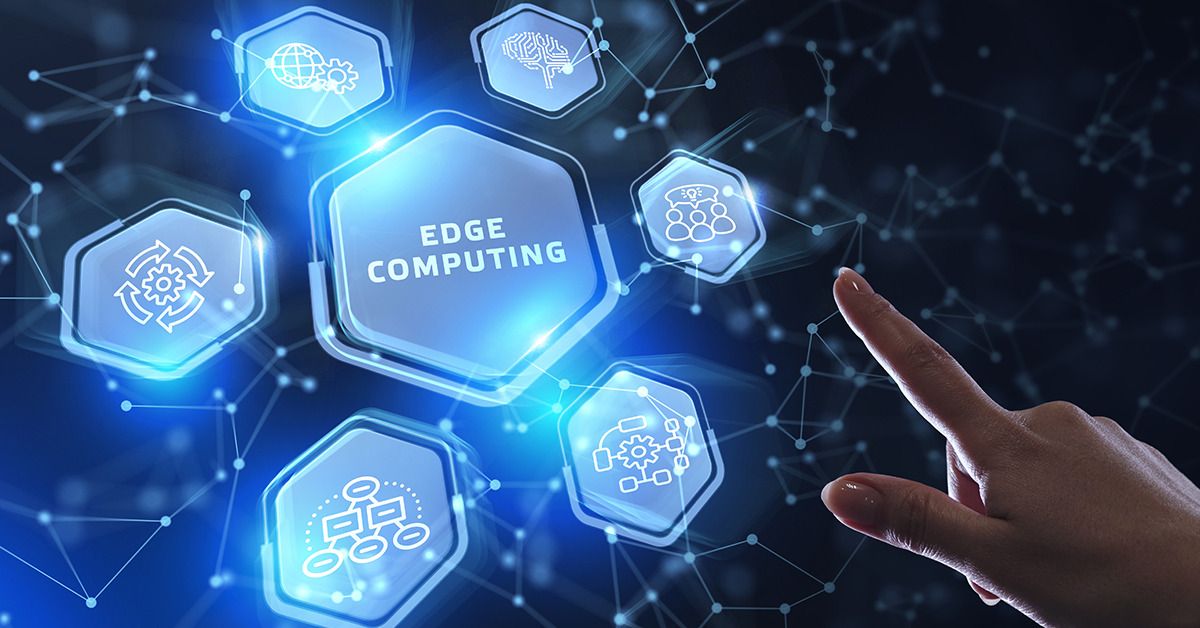
Today when we talk of data bombarding us from myriad sources, Edge Computing is just the right bet to process the polyglot data. With edge computing, enterprises or governments can interpret or evaluate data closest to the source generating it. This way, it scores over Cloud Computing by getting over the latency in data processing. Despite its visible edge over cloud, we wonder why Edge Computing is still on the fringe. More so, at a time when data from heterogeneous sources is growing exponentially and it needs to be processed incredibly fast for decisions to be taken in milli or micro seconds. Blame it on our legacy cloud-technology based IT architecture driven by the premise that devices are dumb and servers are smart. In the cloud revolution, it’s the servers owned by others that handle all the heavy lifting. But the perception is changing. According to Gartner’s estimates, only 10 per cent of enterprise data was created and processed outside the data center and cloud in 2018. However, that share is projected to climb to 75 per cent by 2025 when a staggering 175 Zettabytes (or 175 trillion GB) of data will be created. You may not be in the know but edge computing is encircling you already- from the wearables on your wrist to the computers parsing intersection traffic flow. Edge computing is also enabling Apple’s Face ID work on your iPhone.
The Scale of Adoption and the Market Drivers
Edge computing helps cut costs entailing data storage and transmission. The edge computing phenomenon will impact all industries and will force IT teams to adapt to new business models, deployment models, and architectures. Indian organizations should leverage edge computing to develop a resilient long-term business strategy. A study conducted by IDC estimates that worldwide spending on edge computing will reach $274 billion in 2025, growing at 18.7 per cent CAGR. In IBM's view, this is an enormous opportunity. IBM launched IBM Cloud Satellite last year, which enables clients to deliver cloud securely in any environment, even at the edge of the network.
Edge adoption will continue to be driven by better control over data and costs, faster insights and actions, and continuous operations. Other key drivers of edge computing include factory automation to increase productivity, predictive maintenance based on visual insights, cost-reduction, and 5G implementation.
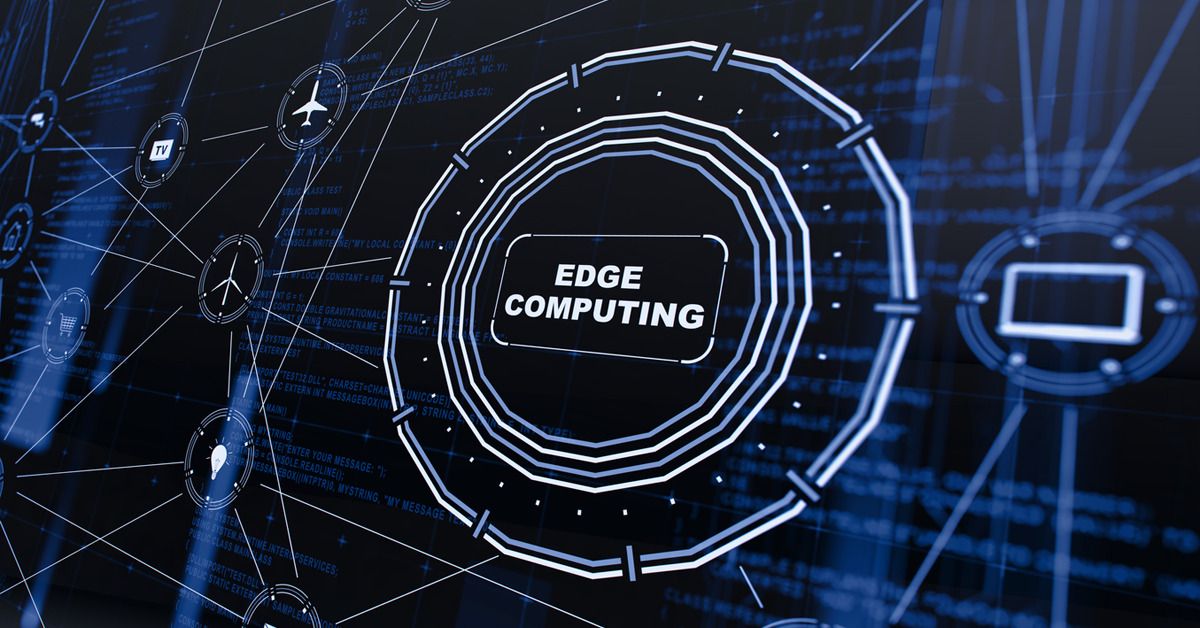
The Growing Use Cases
1. Driverless cars
Operations of autonomous cars depend on data generated by light, radar, sound, temperature and speed sensors to turn on the wheels or press the brakes. They are equipped with advanced computer devices that perform these computations on the spot.
2. Fraud detection and prevention
Every minute, we use smarter devices to interact with e-commerce and financial firms. There is a rise in fraud across digital channels, but smarter devices can generate and process rich data that companies can use to detect fraud.
3. Food production monitoring
At every stage of the manufacturing process, a manufacturing plant can be equipped with dozens of cameras and sensors. If something is wrong or if the process is drifting, real-time analytics and AI-driven inference can reveal it in milliseconds, if not microseconds.
4. AI-driven edge computing for healthcare
X-ray and infrared cameras have revolutionized healthcare because they provide high-resolution images and can be used quickly by technicians and doctors. AI-driven edge computing helps doctors save time by eliminating the need to send data to the cloud.
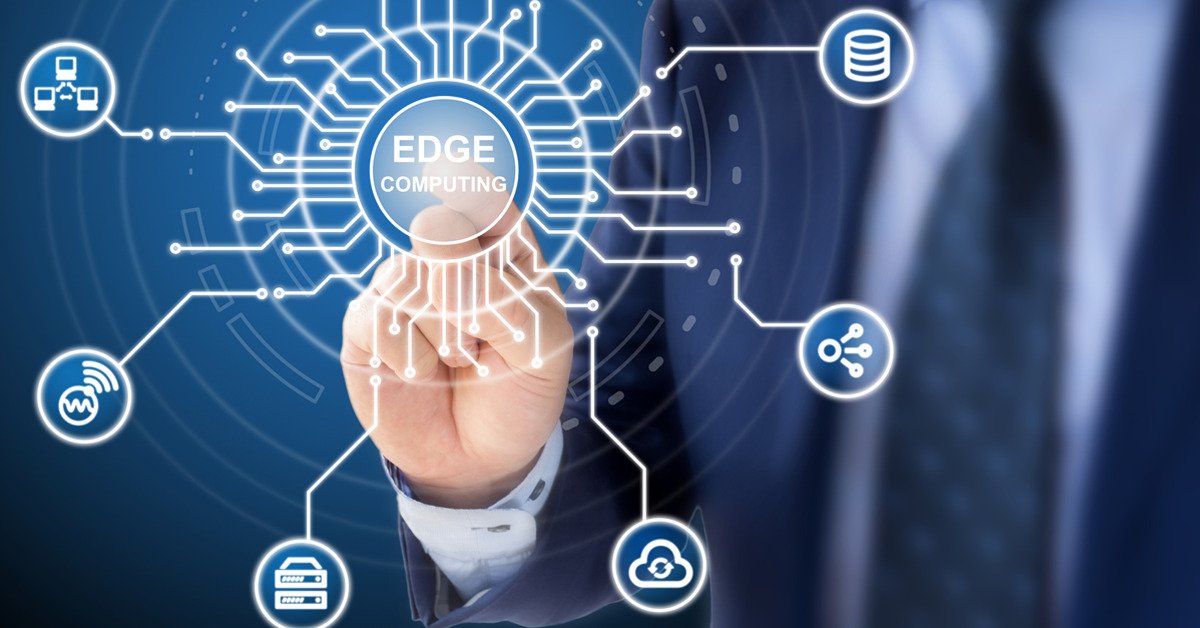
Constraints and Challenges on the Edge
Identifying the right edge computing strategy is crucial for organizations. However, this is easier said than done, which is why choosing the right technology partner is crucial for building a robust strategy. It is also important to remember that very few use cases and edge applications exist at this stage. The creation of new use cases requires organizations to think innovatively. A major challenge of edge computing is finding the right data while not missing relevant ones while modelling the data. Besides, availability of continuous power at the edge and physical security of edge devices are major barriers to widespread adoption.
The Future of Data Architecture: Edge vs. Cloud or Edge Complementing Cloud
The benefits of edge computing are abundantly clear in its use cases. But it’s wrong to presume that edge will devour the cloud. Cloud computing still has so much to offer within the realm of advanced machine learning, data-driven approaches. In the future, data architecture will see a new paradigm where cloud and edge merge to bring the best of the two complementary, and not competing solutions. For standalone edge computing, these are still early days as enterprises are on the beginning of the maturity curve. Yet capabilities are improving and time will ripen for the edge to move from fringe to the centrestage.







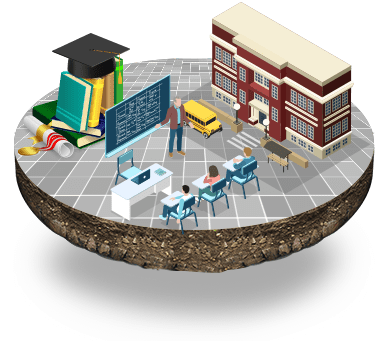
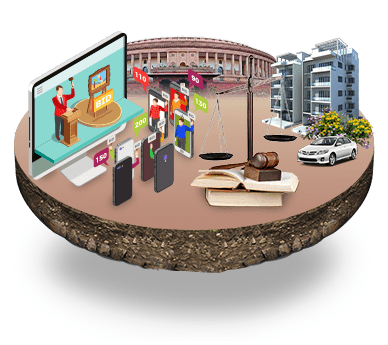
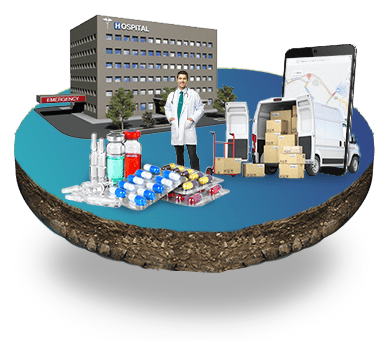





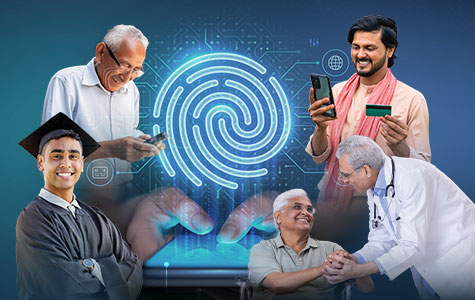
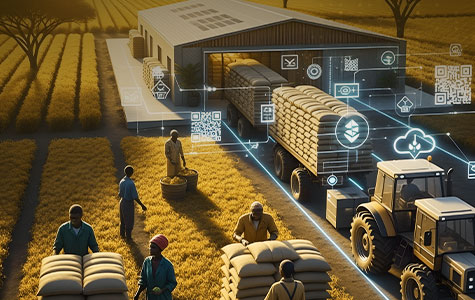
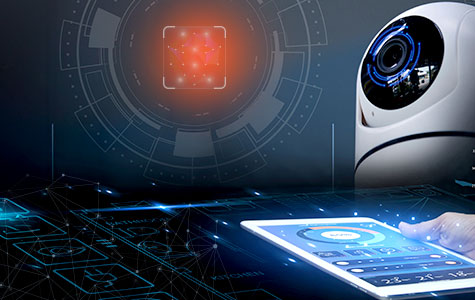

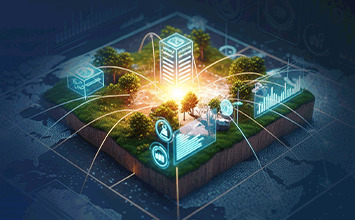
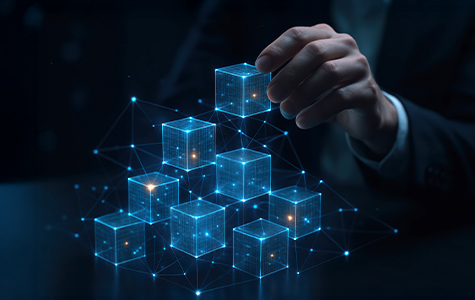




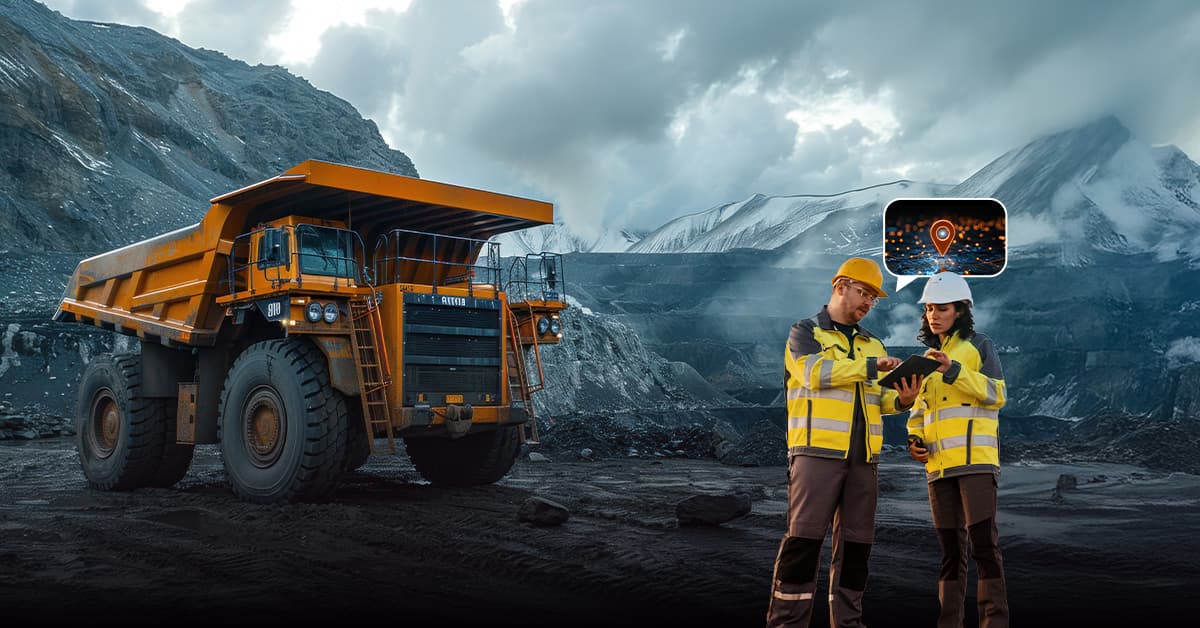
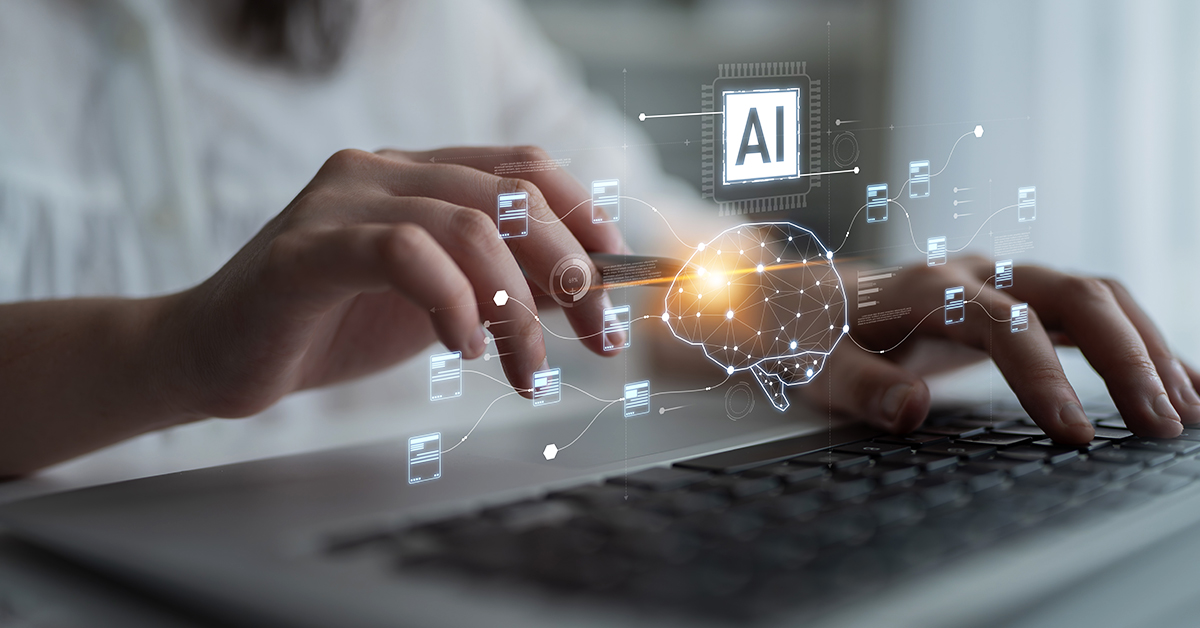


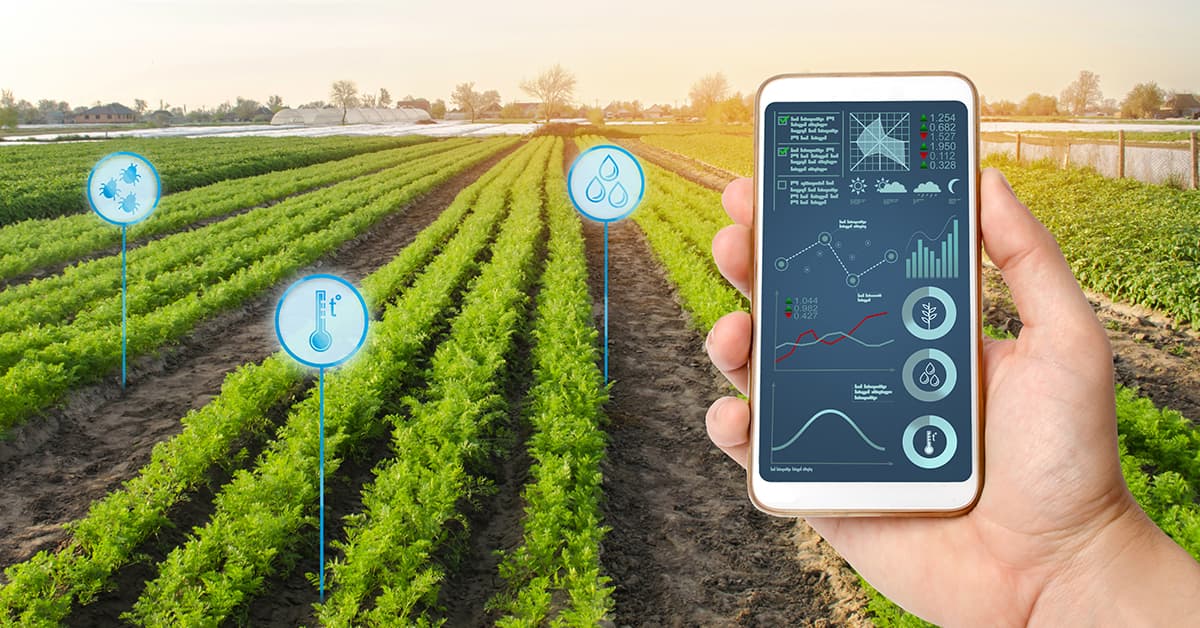
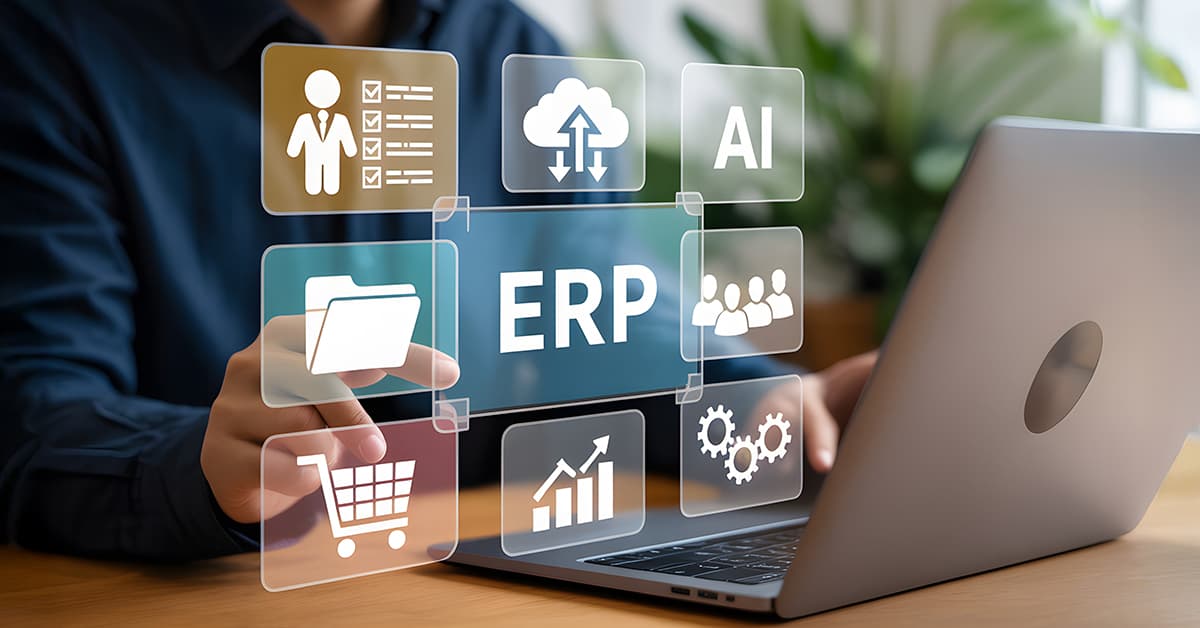





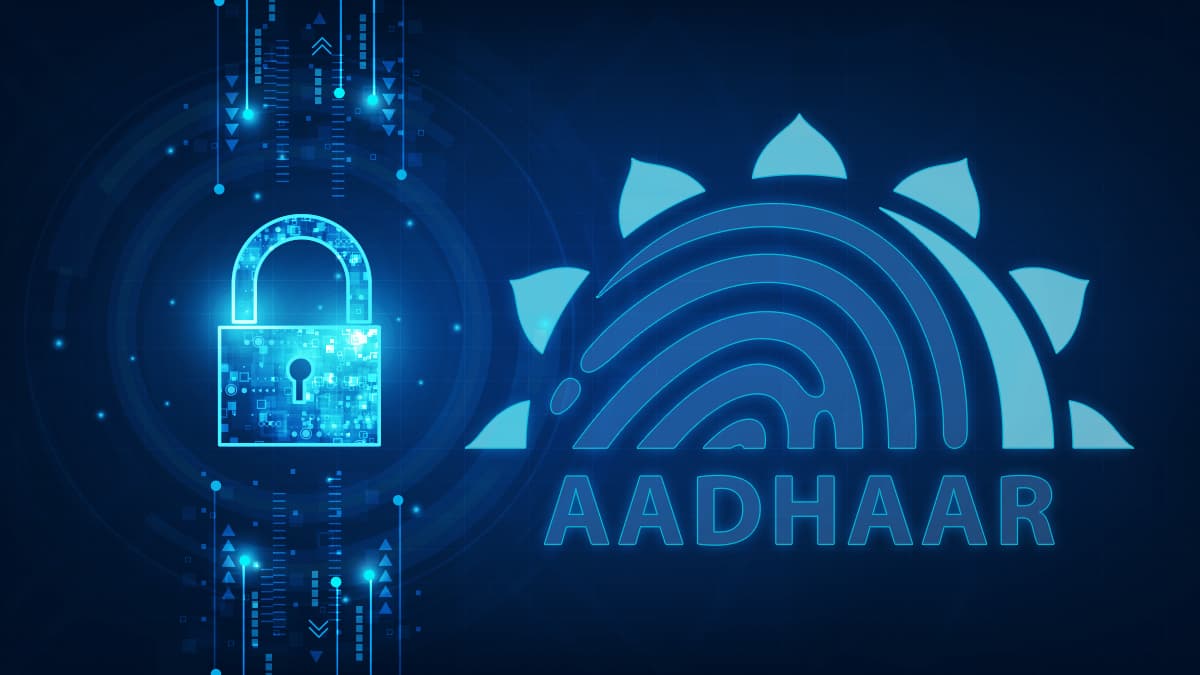
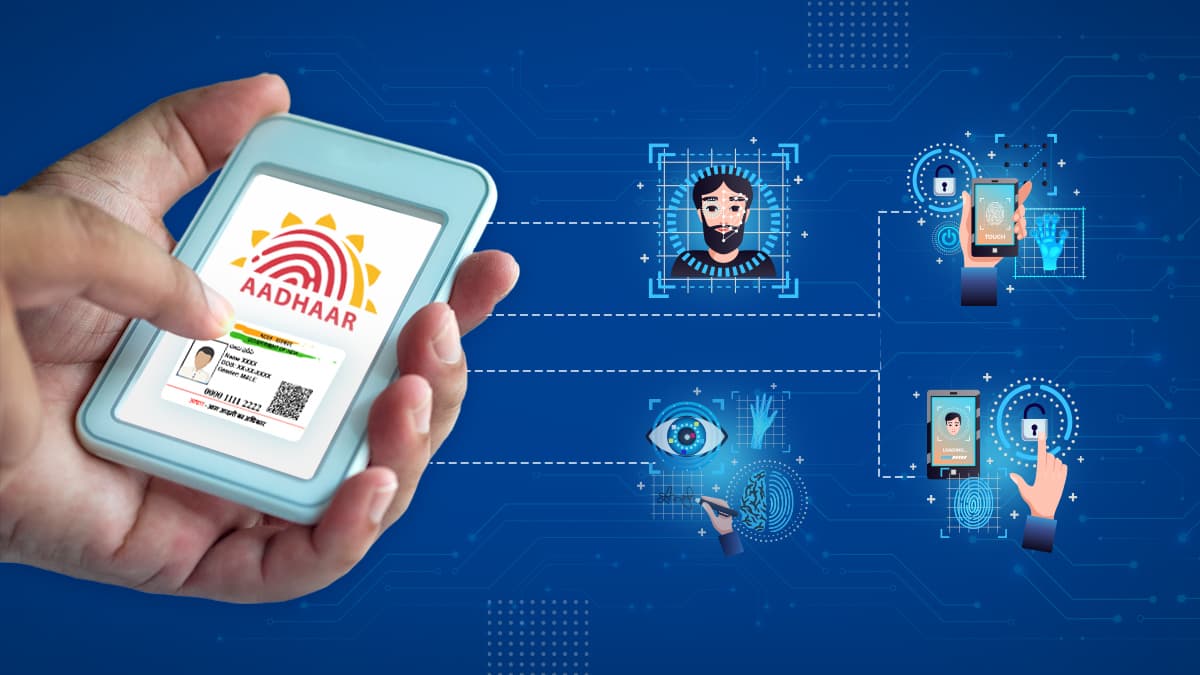
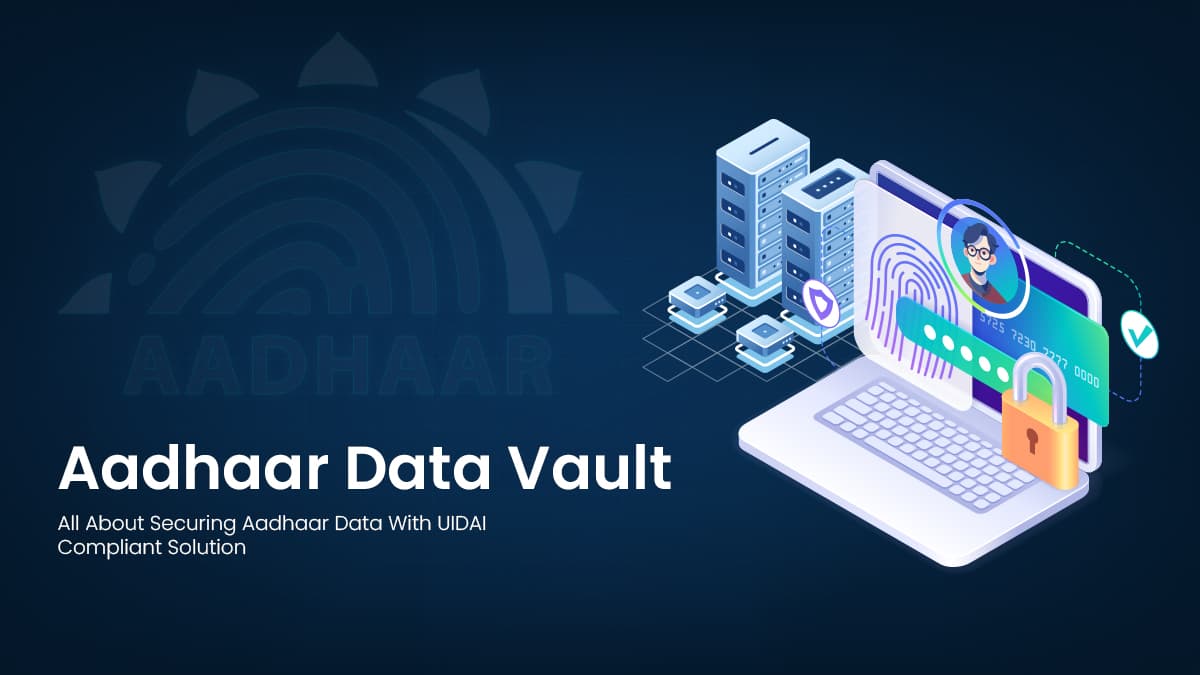



We will verify and publish your comment soon.